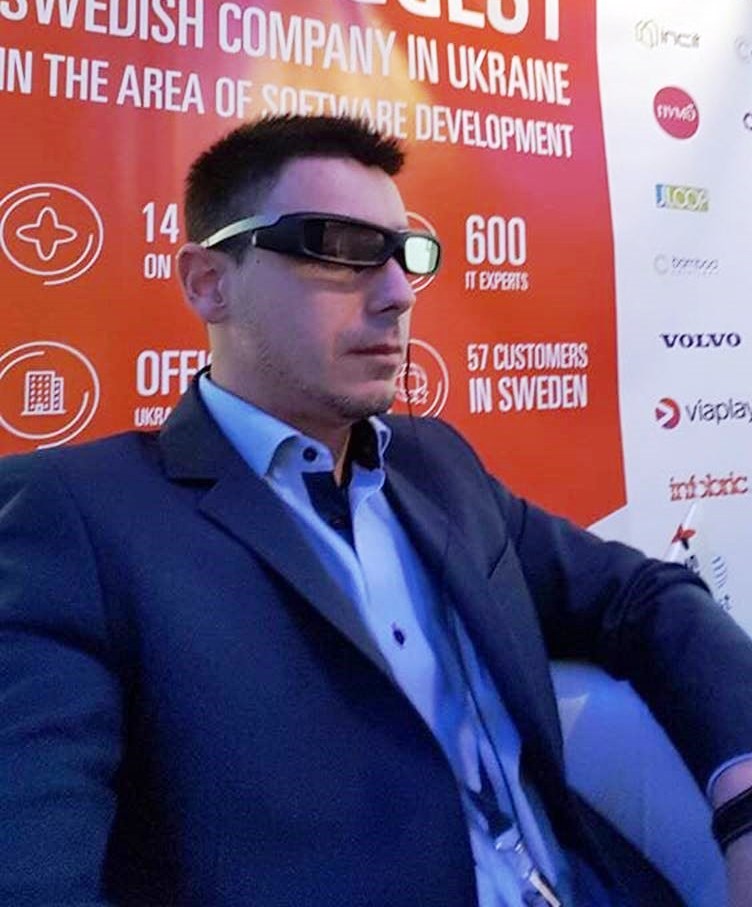First, let’s look at what augmented and virtual reality really is. I think of augmented and virtual reality as of just another way of interaction with a computer. We’ve started with punch cards and alphanumeric printers, then we had displays, which transformed into small touch screens over time.
Now we speak about VR, AR, mixed reality. These are all the components of a new human-machine interaction method that will soon replace the existing ones. The new method will make interaction more immersive, intense. The old saying “A picture is worth a thousand words” in the world of AR/VR takes on a new shape: “A hologram is worth a thousand pictures.”
With the refinement of AR/VR devices, we get more capabilities to gain first-hand experience of what is going on inside a computer-generated world or seamlessly merge physical and digital realities, simultaneously operating tangible and rendered objects. The trends in AR/VR include creating experience that cannot or hard to be built in real life. A nice example is training in VR when the training facilities are costly or hard to reach, or when they don’t even exist yet.



























